Day 1
Arrival in Rīga and a tour of the most important destinations there. You will spend the night there.
Day 2 Rīga - Jūrmala - Ķemeri - Roja - Kolka
- The spa town of Jūrmala is the most popular seaside spa town in Latvia. The Ķemeri National Park, where you can hike along a special trail of wooden platforms that will allow you to enjoy the scenery of local swamps (2-4 km).
- The Ragaciems fish market is one of the most popular vendors of smoked and other types of fish.
- The Ragaciems fishing location is a very interesting historical monument where there were once piers and little huts in which fishermen kept their equipment. The place was of social importance, with men coming together to discuss their work while women and children prepared the nets.
- In Roja, you can enjoy a banquet at a fisherman's homestead, where you will learn more about the work of fishermen and enjoy a fine meal of fresh fish. You can join the fishermen in their boats and then eat together with them (fish soup cooked on a campfire, rye bread, smoked fish, beer or kvass and pastries). You will learn local songs, dances and games (only for groups of 15 or more)
- Cape Kolka is Latvia's largest cape, the place where the waves of the Baltic Sea and the Bay of Rīga collide. During storms, the waves can be as much as seven metres in height. The cape is made up of underwater shallows that stretch to the Kolka lighthouse, which is 5 km from the shore.
|
For meals we recommend: |
|
Accommodation in or near Kolka: |
Day 3 Kolka-Ventspils-Jūrkalne-Pāvilosta-Liepāja
- A tour of the Slītere National Park will offer a look at ancient fishing villages. Back in the day, the territory of the park was populated by Livonians, one of the smallest ethnic minorities in the world. Andris in Pitrags will demonstrate the process of smoking fish, as well as traditional Livonian fencing.
- The Irbene radio telescope was once used for anti-espionage purposes, and there were several military institutions and objects in the village that have now been abandoned. The campus of the telescope is now managed by the Latvian Academy of Sciences for scientific purposes.
- Ventspils offers a look at the old town, the castle of the Livonian Order, a promenade, a narrow-gauge railroad and the Piejūra Open Air Museum.
- Visit the Bērziņi homestead for particularly tasty wheat and barley flour bread based on ancient recipes. The perfect aroma and taste of the bread are based on a special bread oven that is more than 70 years old. Contact the venue in advance to take part in kneading and baking your own loaf of bread or to buy bread.
- The steep shores of Jūrklane on the shores of the Baltic Sea, and the small Pāvilosta fishing village.
|
For meals we recommend: |
|
Accommodations in Liepāja: |
Day 4 Liepāja-Pape-Palanga-Klaipeda
- While in Liepāja, visit the Liepāja War Port and prison. To the North of the Liepāja Fortress is the so-called naval port that was opened to the public after the restoration of Latvia's independence. Interesting things that you will see there will be the forts, the defensive ramparts, the St Nicholas Sea Cathedral, a water tower, a sports hall, the port prison and the Oskars Kalpaks bridge. On weekends there is a fish market on the promenade, where you can find the national dish of Liepāja, smoked cod with potatoes.
- Be sure to visit the Prenslavu windmill, which was built in 1885 and is still operational. The owners will be happy to show you the mill and its mechanisms, then offering local goodies and locally baked bread.
- The Pape Nature Park and Ķoņuciems featurs one of the few fishing villages in Latvia that have preserved their authentic environment. The Vītonieki branch of the Latvian Open-Air Ethnographic Museum is found here.
- Next you will cross the border between Latvia and Lithuania on your way to Palanga. There you will find one of the most popular museums in Lithuania, the Palanga Amber Museum. It features one of the largest collections of amber in the world, with more than 30,000 exhibits. Also visit the Birute park, the local breakwater, Jonas Basanavičius Street and the Palanga Spa Museum.
|
For meals near Palanga we recommend: |
|
Accommodations in or near Klaipeda: |
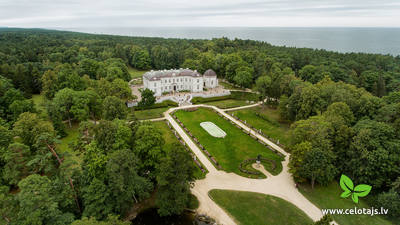
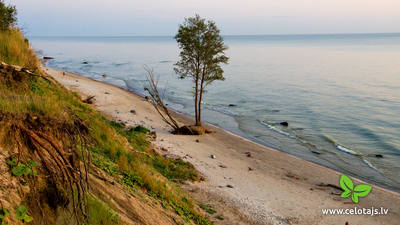
Day 5 Klaipeda-Minija-Vente-Šilute-Rusne
Minija in the Šilute District features the Eve farm. The village itself is in the Nemuna Delta Regional Park. It is known as the Venice of Lithuania and is famous throughout Europe as a mecca for yachters, bird watchers and fishermen. Eve is a large farm centred on the local school. It was built in 1900 and features several buildings. The ethnographic 19th century farm merges the cultural heritage of Little Lithuania with modern comforts. You can arrange for meals if you contact the venue in advance.
Visit Cape Venta, where a bird ringing station was established in 1929. Each year, between 60,000 and 80,000 birds are ringed here. Further on, you will reach the Rusne Villa, which is the Nemuna Delta Regional Park. The surroundings are idyllic because of the Pakalne River, and the Kuršu lagoon is one kilometre away. The villa offers traditional and tasty Lithuanian seafood dishes.
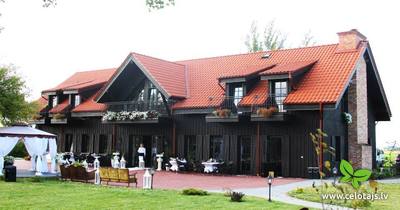
|
Accommodations in Rusne or Šilute: |
Day 6 Rusnė - Šyša – Virkytai – Agluonėnai – Šiūpariai – Klaipėda
Rusne Island has always been famous for its fish and fishing traditions. Thanks to flowing waters, fishing has been a career for many, many generations. One upon a time there was a farm with a smokehouse here, and guests often visited to taste the fish. Since 2012, the Ingos Rūkyklele fish smoking operation has had a national heritage certificate. There you can observe the smoking process and taste the smoked fish (Skalviu iela ta-4, Rusne).
Bronius Kalvaitis in Šyša is one of just a few residents in the village. He cooks fish soup on the basis of recipes that he got from his parents and grandparents, who went fishing in the sea and the lagoon. He also has a national heritage certificate, and he offers tastings of fish baked on a campfire (A. Devilaičio Street 16, Syša).
The Kaimo pirtele farm is large and on the coast. You can feed large fish and go fishing if you contact the owner in advance. The venue offers a licensed shooting range, courts for basketball and volleyball, a playground for kids, as well as horseback riding on horses that are bred at the farm. Among them are miniature American horses, and this is the only place in Lithuania where the breeding of such animals has been registered. Contact the farm in advance to arrange for a meal.
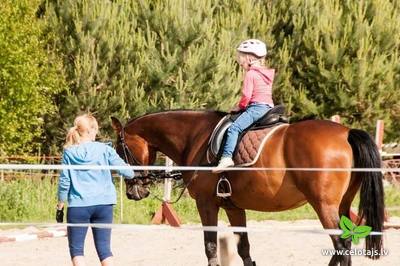
The Agluona Petrute Račkauskiene country tourism farm and restaurant will serve you traditional fish dishes, as well as regional dishes from Little Lihtuania.
The Buivydai ecological cattle farm offers tours to groups of guests. The farm breeds Aubrakai cattle that originated in the Aubrac region in France. The farm also grows oats, spelt and blackberries. You can buy fresh beef.
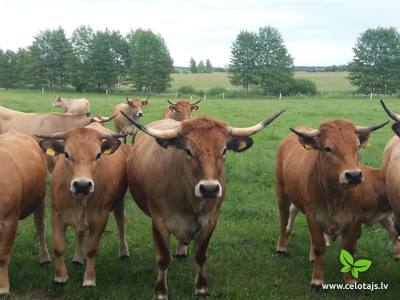
|
For meals in Klaipēda we recommend: |
|
Accommodations in or near Klaipēda: |
Day 7 Klaipėda – Smiltynė – Nida – Klaipėda
A ferry from Klaipeda to the Kuršu dunes.
Visit the Maritime Museum and Dolphinarium, an ethnographic seashore fisherman's homestead, and an exhibition of the history of shipping and nature at the Nerija Fort. Tour the Kuršu dunes to see unique dunes. Also visit the popular spa town of Nida.
Accommodations in Klaipēda:
Day 8
Departure from Klaipeda. You can travel to Vilnius or Rīga to take another route that ends in one or other of those cities.







